When in 1978 Cardinal Karol Wojtyła, archbishop of Krakow, was elected as the Bishop of Rome, many Catholics around the world, even Italians, did not even know where Poland was. Thanks to Pope John Paul II, the world began to be interested in his country, because it was impossible to understand the personality of the then-new Pope without knowing about the Polish Church and Polish history, culture, and political and social realities.
Since March 13, in the See of Peter we have had a Pope “found by the cardinals almost at the end of the world,” in Argentina. Therefore, to better understand Pope Francis, we should learn more about the country that gave us the new Pope. One cannot understand the accusations and attacks on Cardinal Jorge Mario Bergoglio without knowing the historic period in which he lived as a priest, bishop and cardinal, without knowing Argentina’s recent history, which in a profound way conditioned the lives of its inhabitants, including the present Pope.
Argentina’s recent history is marked by an ideology — Peronism — which for nearly 70 years has been dominant in the country. This political movement was initiated by Juan Domingo Peron. It is a form of Latin American populism in which local nationalism, with an anti-American aspect, joined with anti-capitalist attitudes regarding the economy, expressed in a critique of liberalism and the need for the state to control the economy. Argentine soldiers who came to power in 1930 were fascinated by Italian Fascism, and for two years Peron was on a mission in Fascist Italy (1939-40). As a result of another coup, Peron received important governmental functions in 1943 — he was the Minister of Labor and the vice president of the Republic. He began to implement a broad program of welfare services and established the first national social insurance. In this way, he gained great popularity among the trade unions and the working class. He became so influential and popular that his opponents within the armed forces forced him to resign in 1945. However, Peron had so much public support that the coup was suppressed, and in 1946 he won the presidential election. Thus, 1946 is regarded as the beginning of “Peronism.” Peron’s policy as president was characterized by populist demagogy: nationalization of various sectors of the economy, creating “artificial” jobs, and an extensive program of social welfare benefits for workers. Peron equated democracy with nationalism and criticized the United States for imperialism.
Peron could implement his costly socio-economic “revolution” as Argentina, which had not suffered during the Second World War, experienced a real economic boom—the country was a major exporter of meat to war-ravaged Europe. However, when the meat export revenues declined and inefficient, nationalized industry became unprofitable, Peronist policies led to serious problems with state finances. Society grew more and more dissatisfied, and, in addition, his charismatic second wife, Evita, died in 1952. In 1953, Peron decided to legalize prostitution and divorce and unleashed an anticlerical campaign. In this way, he alienated the Catholic Church (although up until then he had generally kept open lines of communication to Catholicism). Pius XII had no choice but to excommunicate the populist dictator. In retaliation, Peron expelled some priests from Argentina, and Peronist militias plundered and even set fire to several churches in the capital. Both the military and society were so tired of Peron’s policies that, in 1955, he was expelled from the country.
From 1960 on, Peron lived in exile in Spain and became interested in the Cuban “experiment” and in the idea of cooperation between the Soviet Union and the countries of Latin America. In 1973, in the presidential election in Argentina, the Peronist Hector Campora won, but he resigned to allow Peron to return to the country and be elected again as president. Peron had become even more radical in his economic and social policies, but died the next year. His third wife, Maria Estela Peron (Isabelita), took power. A military coup in March 1976, led by General Jorge Videla and Admiral Eduardo Massera, put an end to her inept government.
These were the days of the Cold War, when the Soviet Union tried by all means to conquer Latin America by its ideology. There it already had two outposts: Cuba and Chile (after 1970). Western and local governments feared Communist revolution. To prevent this in Chile, following the coup in 1973, the military junta took power, and after 1975 the military regimes of Argentina, Paraguay, Uruguay, Chile and Bolivia agreed to cooperate in order to eliminate leftist guerrilla groups (the so-called “Operation Condor”). The result of this operation was more than 50,000 dead or missing. The victims of persecution were not only Communist guerrillas but also ordinary political opponents and their families. The United States supported “Operation Condor” because the Americans were convinced that this was the price to pay to prevent Communist regimes from conquering Latin America and changing it into a big version of Cuba.
The governments of the military junta in Argentina in the years 1976-1983, this dramatic stage in the history of Latin America, in their combat against Communism committed many crimes (estimates range from about 10,000 to up to 30,000 victims of repressive state power in those years). The junta failed to improve the economic situation of the country in spite of radical free-market reforms undertaken. To regain support from society, the junta unleashed a conflict with Britain by occupying the Falkland Islands (called by Argentina the Malvinas Islands). The defeat in the conflict decided the fate of the regime. In 1983, as a result of the election, the radical Raul Alfonsin (1927-2009) became president. However, in the next election in 1989, the Peronists won again under the banner of nationalist and populist slogans: Carlos Menem, a Peronist regarded as a liberal, began to govern the country. He attempted to liberalize the economy (especially through the reduction of taxes for companies) and at the same time to maintain the large social welfare state so as not to alienate his electorate. It was of course an impossible balancing act and led to massive public debt. This gigantic debt and galloping inflation caused the bankruptcy of the state in 2001/2002, which could have meant the “bankruptcy” of Peronism. But that did not happen. The myth of Peron survived all social, economic and political storms and Peronists still rule the country: first Eduardo Duhalde (2002), then, from 2003, Nestor Kirchner and (from 2007 until today), his wife Cristina Fernandez de Kirchner.
What is the attitude of the Peronists toward Cardinal Bergoglio? What happened in the Argentine Parliament on March 13 shows it very well. When the news came of the election of the archbishop of Buenos Aires to the papacy, a special session in honor of the recently-deceased Hugo Chavez, “the red” caudillio of Venezuela, was underway. Representatives of the opposition asked for a session break to honor the first Pope from Argentina. But the Peronists, the majority in Parliament, refused. A sharp exchange of accusations began, which was drowned out by the opposition politicians who began to vigorously applaud. It showed very well that the populist rulers of Argentina do not like Bergoglio, now their most famous compatriot, very much. But, as we know, it’s difficult to be a prophet in one’s own country.
Wlodzimierz Redzioch is a Polish journalist who has lived and worked in Rome for over 25 years

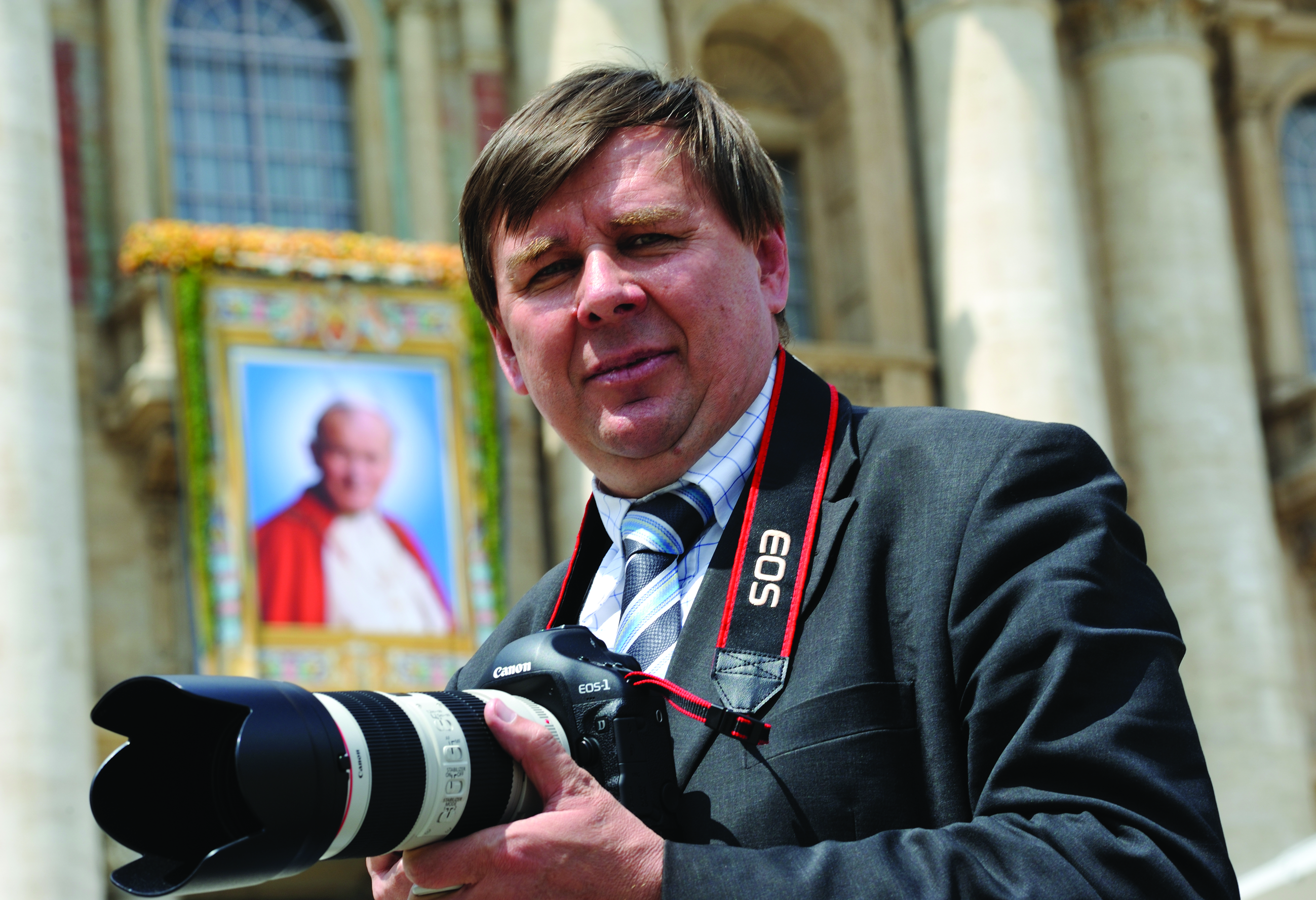
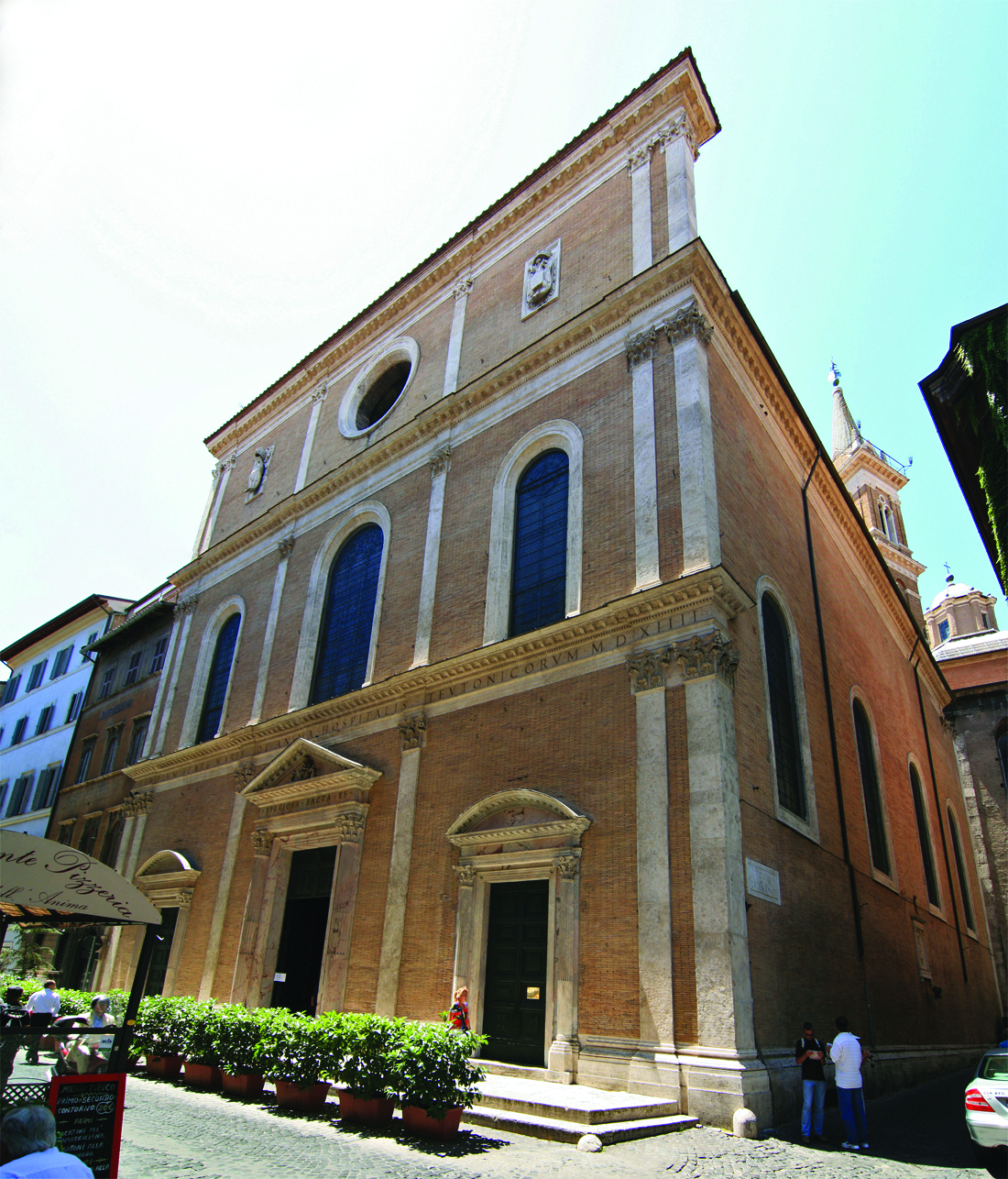
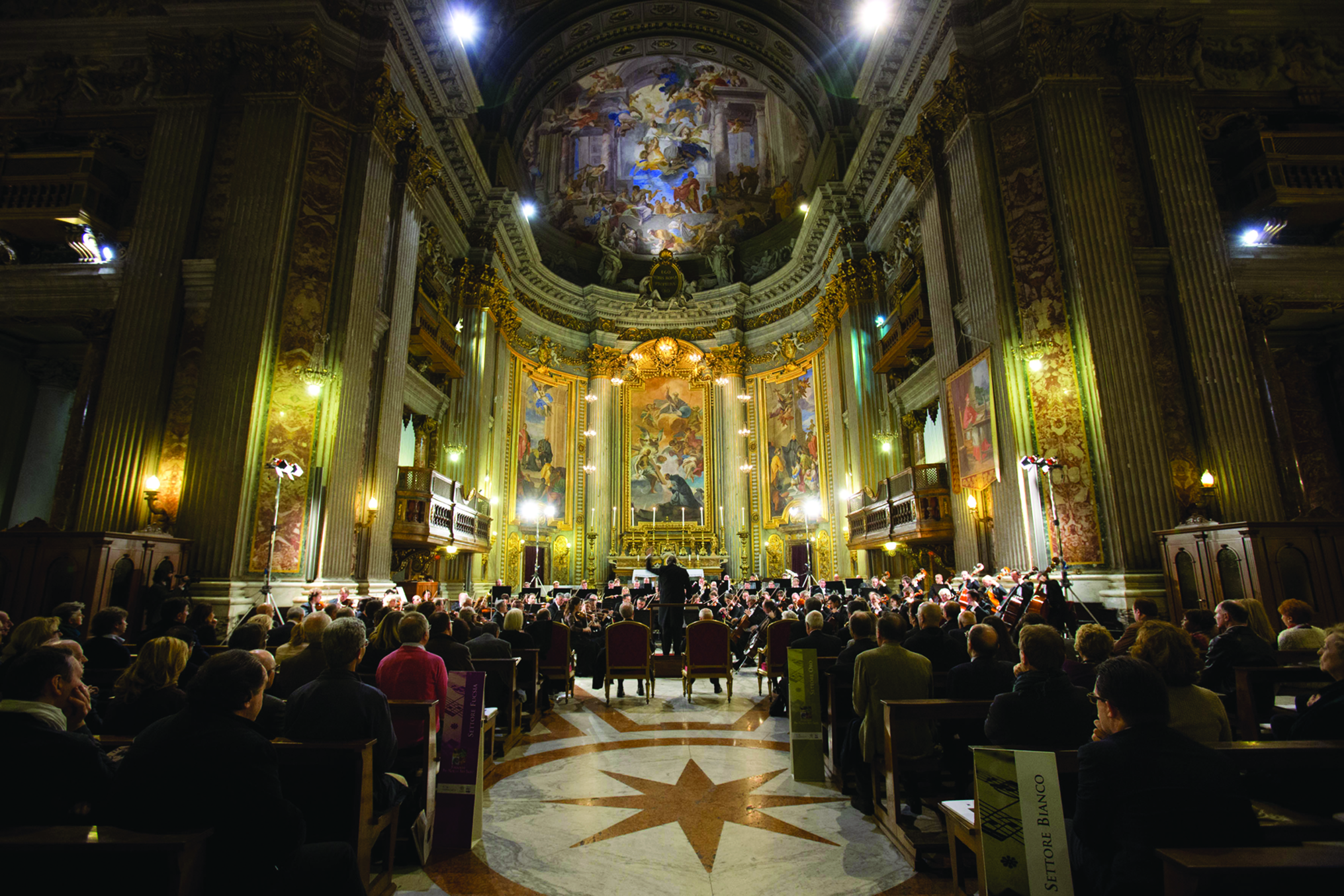
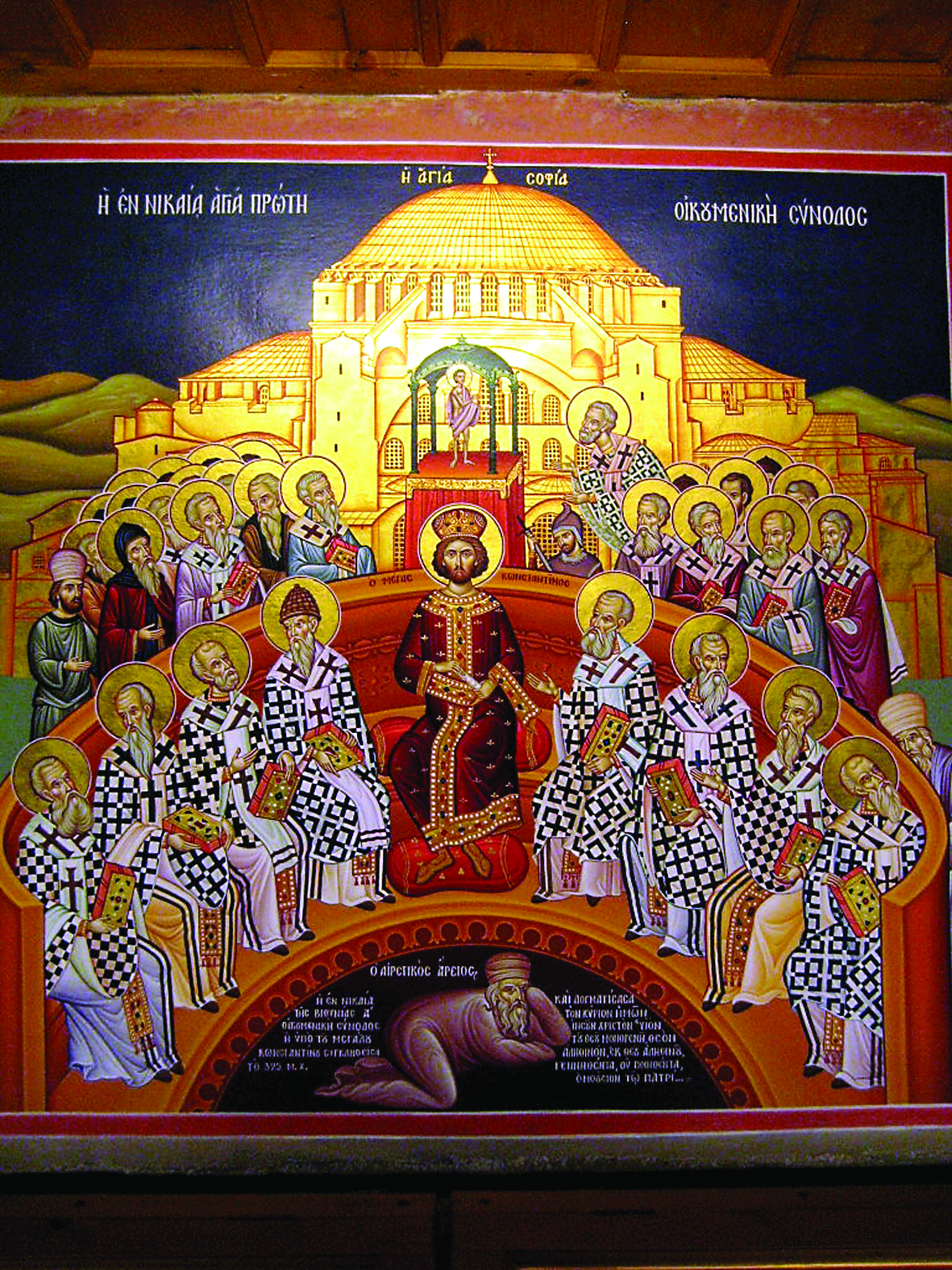
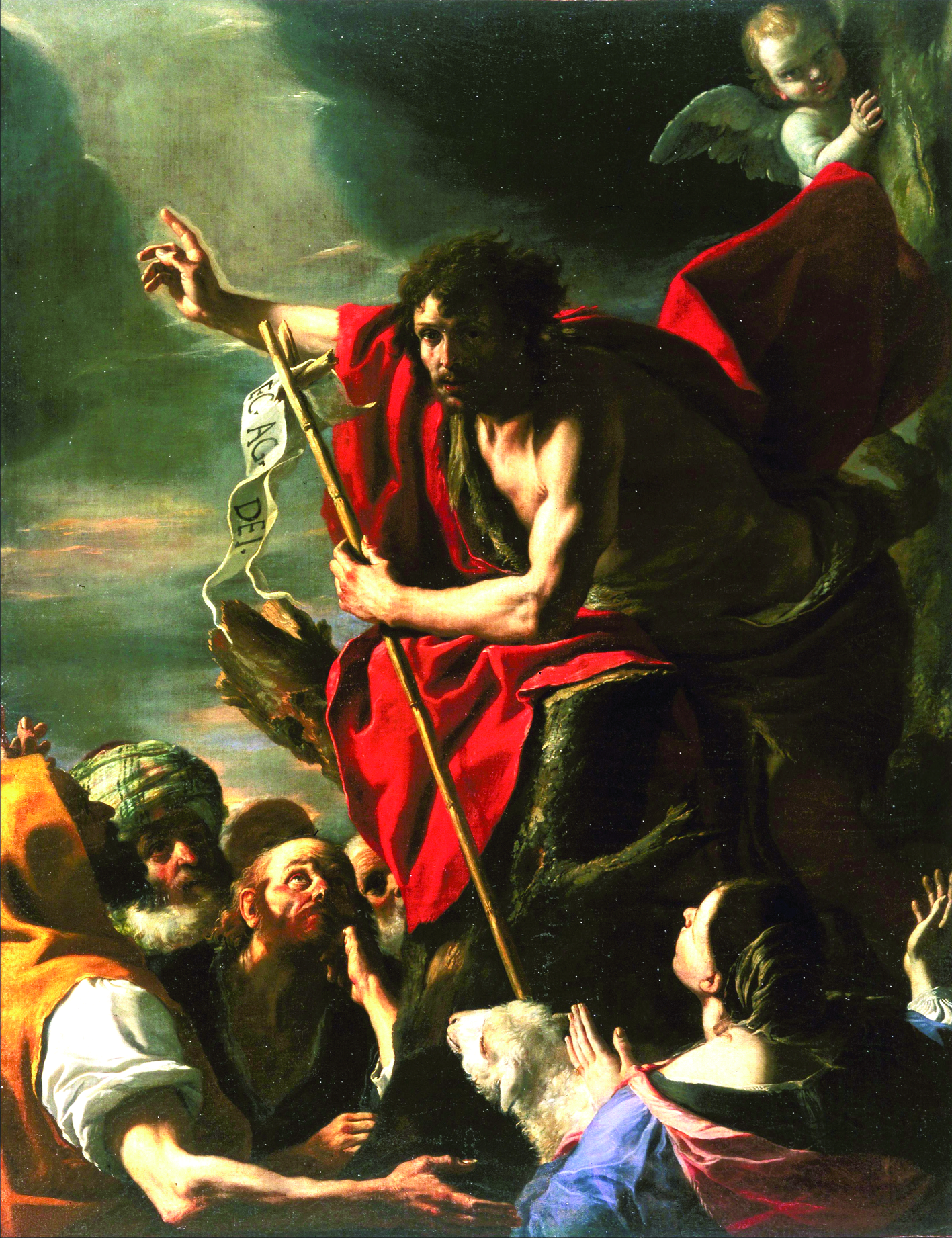
Facebook Comments